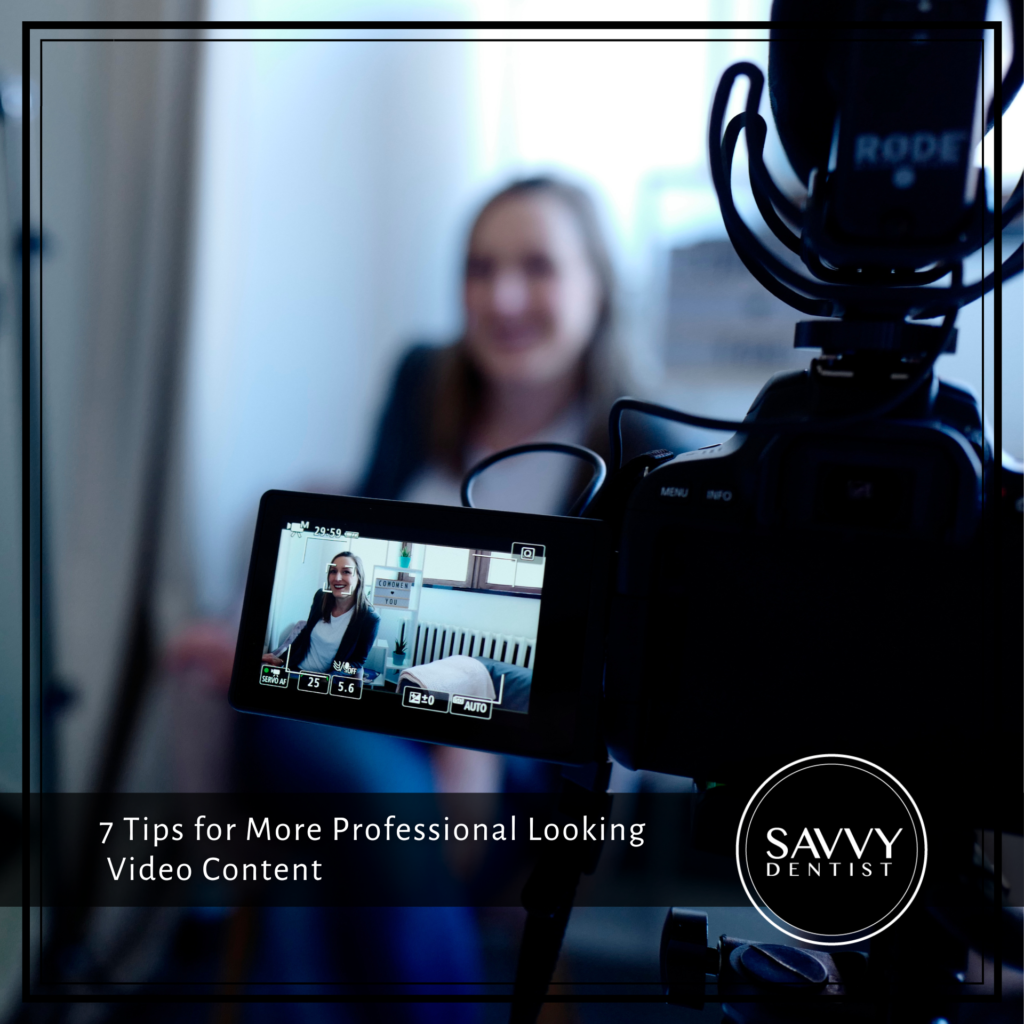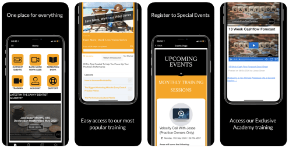Video content can be a great and engaging way to promote your practice.
Whether it’s embedded on your webpage, part of your social media presence, or you use video ads, it can be an awesome vehicle for communicating with potential patients.
If your budget extends to professional filming and editing, then that’s fantastic!
But if not, it can still be done in-house with a few savvy skills.
If you’re DIY-ing your video content, be sure to keep a few principles in mind for the best possible quality…
1. Declutter the background
No one would want to go to a messy, unhygienic medical practice, right?
So take a moment to freshen the space up before recording. It will show your beautiful attention to detail and build more trust with viewers.
Even if it’s just paperwork on the desk or someone’s sweater on the back of a chair, little things can add up to big visual effects.
2. Nice, clear lighting
Shadowy videos that users have to squint to see are no good!
A good rule of thumb is to have the primary source of lighting behind the camera to ensure the best possible lighting. You could buy a cheap ring light online, or just make sure you’re in a bright spot within the practice.
3. Practice makes perfect
Not everyone is a natural in front of the camera, but that’s okay!
If you find yourself stuttering and stammering and feeling unnatural being filmed, just keep practising and recording until you get a take you’re comfortable with.
There’s no point filming once, hating it, and resigning to video content altogether. Keep at it and you’ll get there.
4. Crisp audio
Bad audio in a video is something that can really grate on peoples nerves.
You could invest in a little clip-on microphone to ensure high-quality audio, but at the very least try to record when there’s little to no noise in the background!
5. Have a steady hand
Shaky videos give off a very unprofessional feel – so make sure whoever is behind the camera has a steady hand or is using a tripod. You don’t want viewers to feel motion sick!
6. Keep the focus on the subject
It can be a bit visually distracting to have a wide shot of the whole room if you’re just focusing on one person.
Make sure your subject is clear and centre of the frame, and try to avoid zooming in and out or panning around the room.
7. If you’re using a phone, use the back camera
The back camera typically has a much higher quality than your front camera, so opt for that where possible.
Even if you’re filming yourself talking to the camera, prop it up on a table and film using the back camera.
These may seem obvious to seasoned professionals, but little swaps like this can make your videos feel much more professional and authoritative.
So next time you’re filming a bit of video content for your practice be sure to keep these in mind!



